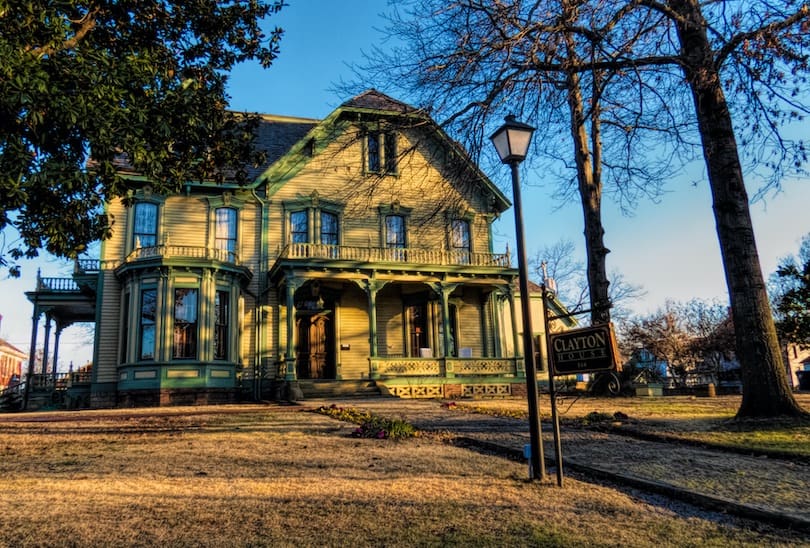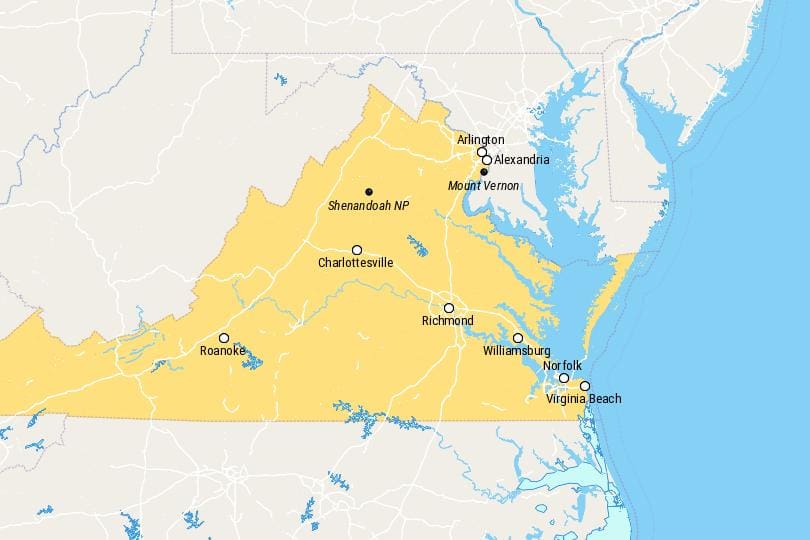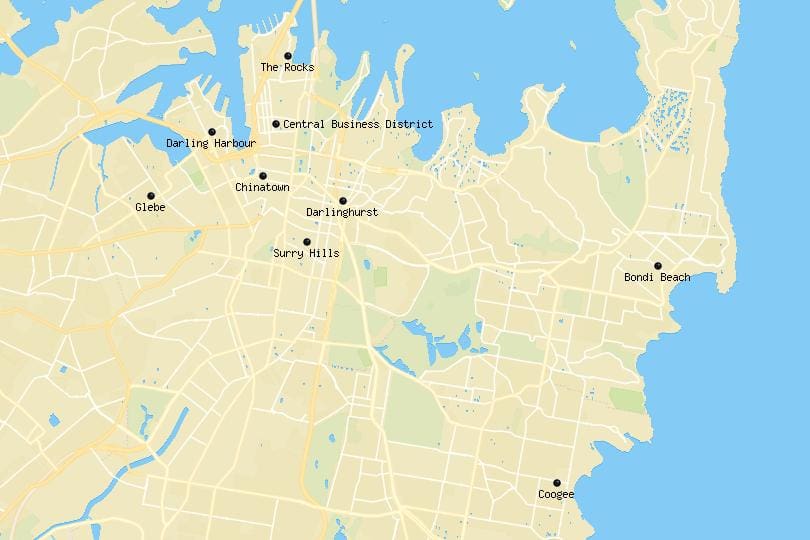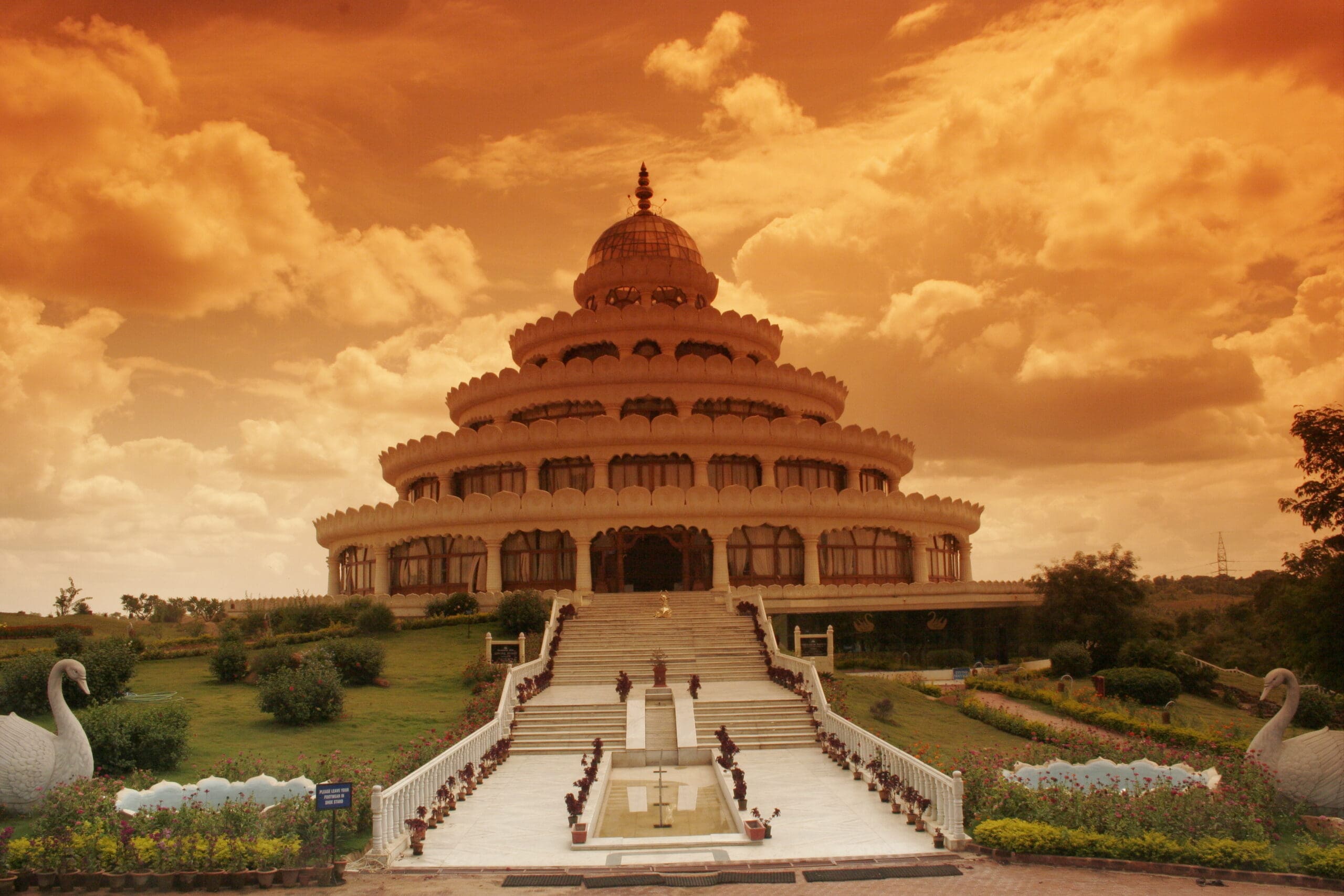Bolivia, located in South America, is a country that is filled with stunning landscapes, rich culture, and a diverse history. From its high-altitude cities to its tropical rainforests, Bolivia has something to offer for every type of traveler. Here are the top 10 places to visit in Bolivia:
1. Salar de Uyuni
Salar de Uyuni is the world’s largest salt flat, located in southwestern Bolivia. The salt flat stretches over 10,000 square kilometers and is a popular tourist destination. Visitors can take a tour of the salt flat, which includes stops at unique rock formations, hot springs, and a hotel made entirely out of salt.
2. La Paz
La Paz is the administrative capital of Bolivia, located in the Andes Mountains. The city is known for its rich culture, vibrant markets, and stunning views of the surrounding mountains. Visitors can explore the city’s museums, colonial architecture, and sample the local cuisine.
3. Tiwanaku
Tiwanaku is an ancient archaeological site located in western Bolivia, near the city of La Paz. The site is home to ancient ruins and artifacts that date back to the pre-Columbian era. Visitors can explore the site’s temples, pyramids, and monoliths and learn about the history and culture of the Tiwanaku people.
4. Lake Titicaca
Lake Titicaca is the world’s highest navigable lake, located on the border of Bolivia and Peru. The lake is surrounded by stunning scenery and is home to many indigenous communities. Visitors can take a boat tour of the lake, visit the famous Uros Islands, and learn about the traditional way of life of the local people.
5. Madidi National Park
Madidi National Park is located in the northern part of Bolivia and is one of the most biologically diverse regions in the world. The park is home to over 1,000 species of birds, 44 species of mammals, and 38 species of reptiles. Visitors can take a guided tour of the park and experience the natural beauty of the Amazon rainforest.
6. Potosi
Potosi is a colonial city located in southwestern Bolivia, known for its rich history and silver mining industry. Visitors can explore the city’s historic center, which is a UNESCO World Heritage Site, and visit the Casa Nacional de la Moneda museum to learn about the city’s mining history.
7. Sucre
Sucre is a charming colonial city located in central Bolivia, known for its beautiful architecture, museums, and art galleries. Visitors can explore the city’s historic center, which is also a UNESCO World Heritage Site, and sample the local cuisine.
8. Yungas Road
Yungas Road, also known as the Death Road, is a treacherous mountain road that connects La Paz to the town of Coroico. The road is known for its steep drops and sharp turns and is a popular destination for adrenaline junkies looking to go mountain biking.
9. Tarija
Tarija is a city located in southern Bolivia, known for its wine production and beautiful colonial architecture. Visitors can take a tour of the local wineries, sample the local wines, and explore the city’s historic center.
10. Chacaltaya
Chacaltaya is a mountain located near La Paz, known for its ski resort and stunning views of the surrounding mountains. Visitors can take a cable car to the top of the mountain, where they can ski or snowboard and take in the breathtaking scenery.
Conclusion
Bolivia is a destination that offers a unique experience to visitors. Its diverse landscapes, rich culture, and warm hospitality make it a must-visit place for any traveler. From the ancient ruins of Tiwanaku to the salt flats of Uyuni and the vibrant city of La Paz, there is something for everyone in Bolivia. Whether you are an adventure seeker, a history buff, or simply looking to relax and soak in the natural beauty, Bolivia has it all. So, pack your bags and get ready for an unforgettable trip to Bolivia!
Travel Tips:
- Learn some basic Spanish phrases to help you communicate with locals.
- Always carry a bottle of water with you as the high altitude can cause dehydration.
- Be prepared for changing weather conditions and bring appropriate clothing.
- Respect local customs and dress modestly, especially when visiting religious sites.
- Avoid drinking tap water and opt for bottled water instead.
- Take care of your belongings and avoid carrying large sums of cash.
Other Tourist Attractions:
- Lake Titicaca: One of the world’s highest navigable lakes, offering stunning views and opportunities to visit traditional communities.
- Sucre: Bolivia’s constitutional capital and a UNESCO World Heritage Site, known for its well-preserved colonial architecture.
- Potosi: Once the world’s largest silver producer and home to the famous Cerro Rico mines.
- Santa Cruz: Bolivia’s largest city and a gateway to the Amazon rainforest.
- Madidi National Park: One of the most biodiverse areas in the world, offering opportunities for wildlife viewing and eco-tourism.
FAQs:
- What is the best time to visit Bolivia? The dry season from May to October is considered the best time to visit Bolivia as the weather is mild and there are fewer rain showers.
- Is Bolivia a safe country for tourists? Bolivia is generally a safe country for tourists, but it’s important to take precautions to avoid petty theft and be aware of your surroundings, especially at night.
- Do I need a visa to visit Bolivia? Most countries do not need a visa to enter Bolivia for stays of up to 90 days. However, it’s always best to check with your embassy or consulate for the latest requirements.
- What is the currency in Bolivia? The Bolivian Boliviano (BOB) is the official currency in Bolivia.
- Can I drink tap water in Bolivia? It’s not recommended to drink tap water in Bolivia as it may cause stomach problems. It’s best to stick to bottled water or use water purification tablets if you’re traveling off the beaten path.

















Hello.This article was really interesting, particularly since I was searching for thoughts on this issue last Tuesday.